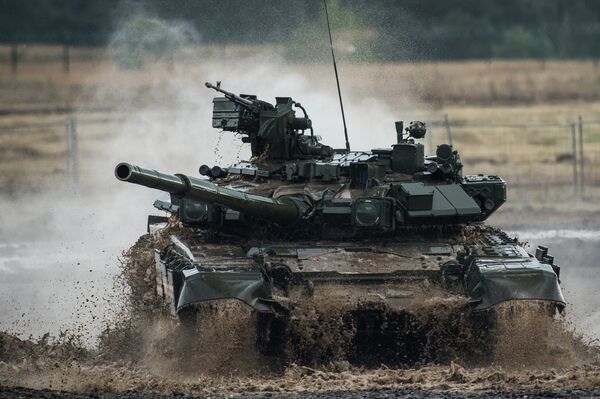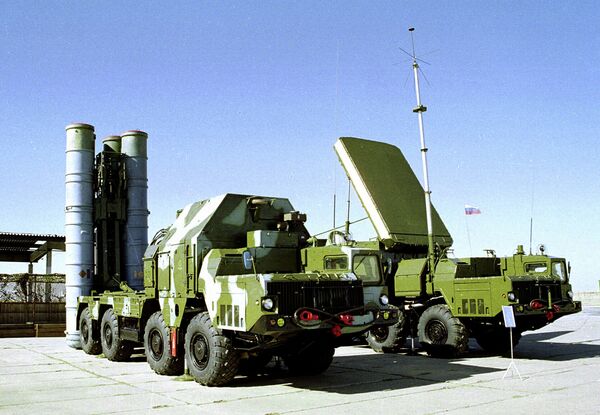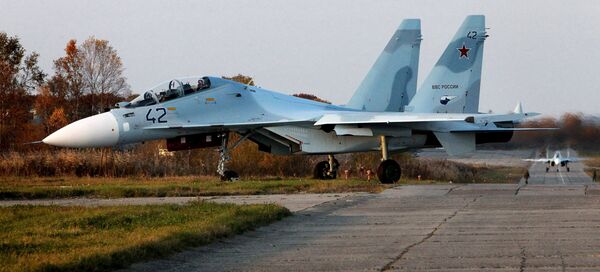Iran is expected to join the list of top buyers of Russian-made weapons as soon as sanctions imposed on the Islamic Republic are lifted.
According to the Stockholm International Peace Research Institute (SIPRI), Russia controls 27 percent of the global arms market and is expected to increase its share. In the last five years, the country increased its arms exports by 40 percent. Annual arms revenues are equally impressive. SIPRI data shows that in 2013-2014 Russia sold military hardware worth $14.4 million.

This trend is reinforced by the fact that Russian-made weapons are generally cheaper and more efficient than US export offers, TV Channel Zvezda reported. This is true for the Sukhoi Su-30 multirole fighter and the McDonnell Douglas F-15 Eagle superiority fighter or the S-300 surface-to-air missile systems and the MIM-104 Patriot.

The M1 Abrams third-generation main battle tank is more expensive than the Russian-made T-90. It is also heavier than the Russian MBT, which is a major disadvantage for this kind of military hardware.
Russian export bestsellers include the Sukhoi Su-27 fighter aircraft, as well as the Sukhoi Su-30 and Mikoyan MiG-29 multirole fighters, transport and attack helicopters, T-90 tanks, air defense systems, destroyers, submarines and ammunition.
Russian military equipment has attracted particular attention due to Moscow's aerial campaign in Syria, which gave the country an opportunity to showcase its cutting-edge weaponry, including the Sukhoi Su-34 strike fighters and Kalibr cruise missiles, which hit targets located over 930 miles away in Syria.




